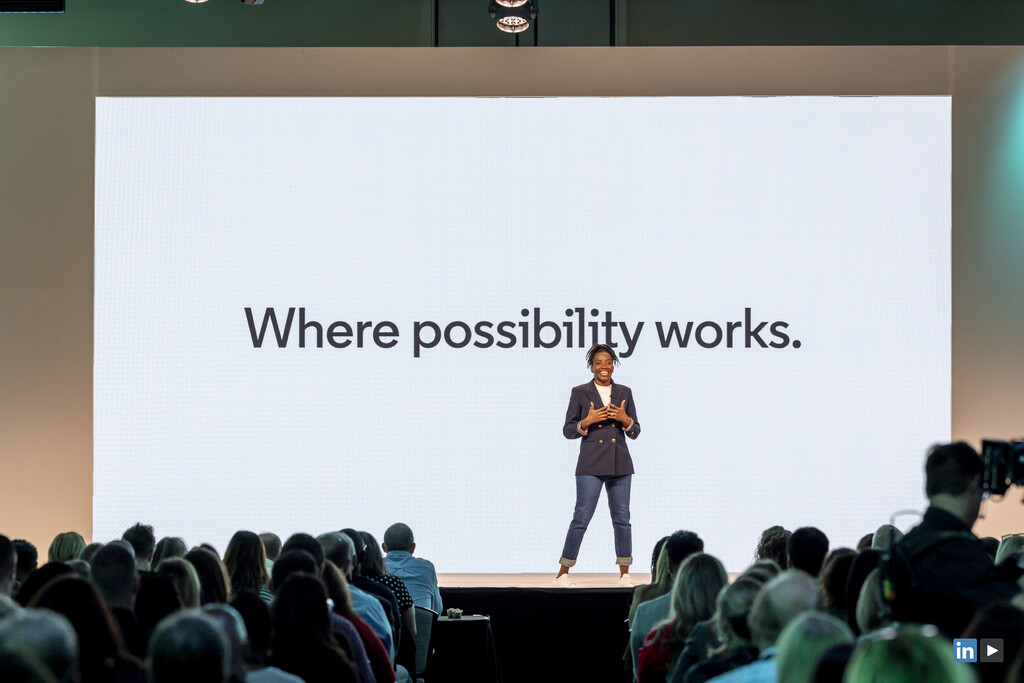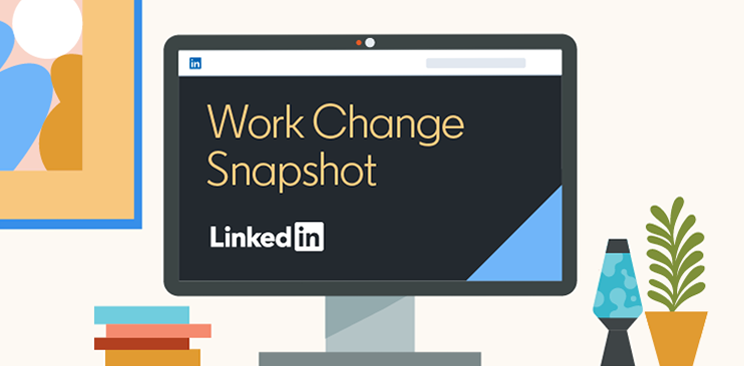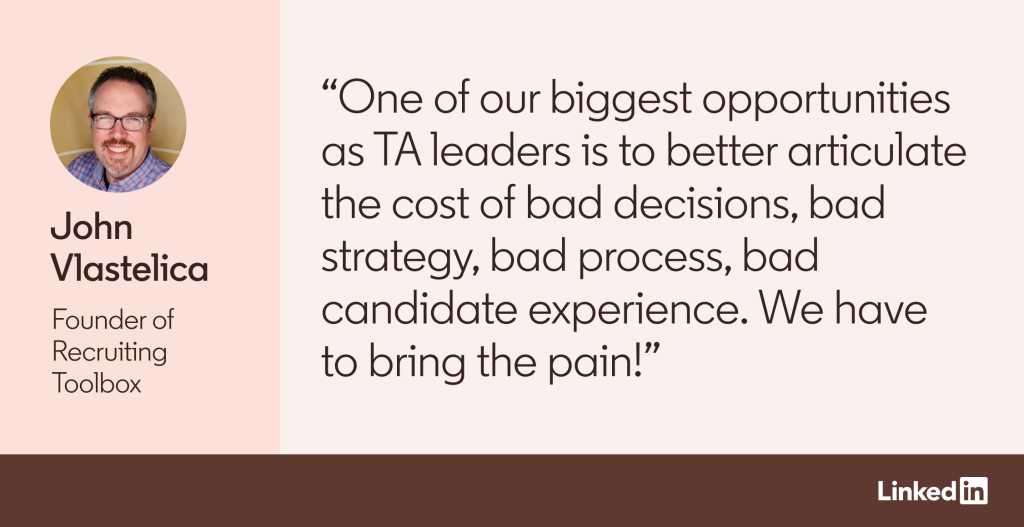While many companies are at least vaguely aware of the possibility of job seekers using generative AI to assist them in the application process, we now have some data-driven insights into how AI is being used by job seekers and into its impact.
A very interesting study by Oriel Partners, alongside recent findings from other major surveys, reveals the impact of AI use by applicants:
- About 50% of workers and students are using AI for job applications
- Tools like ChatGPT are making an average of 14 embellishments per CV
- AI-enhanced CVs score 13% higher in automated screenings
- People are using generative AI tools to pass psychometric tests
But here’s where it gets really interesting:
- Those using paid AI tools are more likely to pass psychometric tests
- Younger applicants are “highly adept” at using AI and avoiding detection
- Paid AI usage correlates with higher socioeconomic status, potentially widening existing inequalities
There’s nothing wrong with using GAI to help with writing resumes — it’s really no different than using traditional resume-writing services. In either case, it’s important that the resumes people use and submit for job applications are accurate, and GAI tends to embellish skills and accomplishments. Perhaps the people using these solutions aren’t being careful to review the output, or they simply don’t care and hope the embellishments give them an advantage in the application process.
In preparation for my presentation at a work conference earlier this year, I performed some testing and found it fast and easy to use a number of generative AI solutions on my phone to help answer sample psychometric and cognitive assessment questions, including pattern matching/completion.
And perhaps you’ve seen videos on various social media platforms that demonstrate solutions that allow virtual interviewees to have GAI listen to live interview questions over Zoom, Meet, Teams, etc., and practically instantaneously produce answers that can be used to help respond.
As Jamie Betts from online assessment provider Neurosight puts it: “We’re seeing the most significant level of turmoil on the employer side that has ever existed.”
The use of GAI raises some tough questions
The use of generative AI by applicants to write their resumes and customize them for specific jobs, to complete assessments, and even to assist with virtual interviews raises critical questions:
- Is AI creating unfair advantages for some and disadvantages for others in job hunting?
- How can we ensure equal opportunities when AI tools aren’t equally accessible or when comparing people who are using AI to those who aren’t — and we don’t know who’s who?
- Are we inadvertently discriminating against certain groups?
- How can we fairly and accurately evaluate applicants when the use of GAI will only continue to increase?
To get in front of the issue, companies should deploy a 3D approach — deter, design, and detect
It’s actually past time to take action, but it’s never too late.
“Deter, design, and detect” is an enhanced “3D” approach companies can adopt to adjust to the new reality of applicants using gen AI.
Deter: Develop clear guidelines on the acceptable use of AI in applications, assessments, and interviews, and communicate these policies transparently to all applicants. Use examples from companies like Greenhouse and Canva as benchmarks. Ironically, you can use gen AI to draft your initial acceptable use policies, then refine them with human expertise.
Design: Design your application, assessment, and interview processes to minimize or neutralize the advantages of using GAI in the hiring process unless its use is explicitly allowed:
- Dive into nuanced resume evaluation methods that go beyond simple keyword-matching
- Develop practical assignments to showcase real skills that can’t be easily completed using GAI, clearly specifying which parts must be completed without AI assistance
- Designate specific tasks where applicants can demonstrate their skills in collaborating with AI, showcasing their ability to leverage AI tools effectively
- Devise scenario-based interviews to assess problem-solving abilities and focus on personal experiences, situational judgments, and real-time problem-solving
- Design interview processes that deliberately leverage the benefits of in-person, face-to-face interactions
- Consider the use of digitally verifiable credentialing to authenticate qualifications
Detect: Implement strategies to identify the potential use of AI in applications, assessments, and interviews.
- Consider deploying GAI-content–detection software
- Explore proctoring solutions for assessments and interviews
- Drill your hiring teams on recognizing the use of AI in the hiring process and dedicate more human oversight to the review process, especially for key positions
- Dig deeper into resumes and interviews to verify claimed skills and experiences
By adopting this enhanced 3D approach, companies can:
- Discourage misuse of AI in applications, screening, and interviewing
- Diminish unfair advantages/inequity while recognizing valuable AI collaboration skills
- Distinguish between genuine individual capabilities and AI-enhanced content
- Discover candidates who can effectively balance personal skills with AI utilization
Final thoughts: AI-augmented applicants = the new reality
Adopting this kind of approach acknowledges the new reality of the use of GAI in the application process while striving for a fair assessment of each candidate’s true abilities and potential.
The rise of GAI use in the job application process is not just a trend — it’s a paradigm shift in recruitment. As hiring professionals, we must evolve our practices to ensure fair, accurate, and effective evaluation of candidates in this new landscape.
This post was originally published on LinkedIn.
Glen Cathey is a strategic thinker and global keynote speaker with extensive experience in talent acquisition and leadership. He is passionate about making a difference, developing others, and solving problems. Glen has served as a thought leader for sourcing and recruiting strategies, technologies, and processes for firms with more than 2 million hires annually. He has played a key role in implementing and customizing ATS and CRM systems, and has hired, trained, and developed large local, national, global, and centralized sourcing and recruiting teams. Glen has spoken at numerous conferences, including LinkedIn Talent Connect, SourceCon, Talent42, and Sourcing Summit Europe.










